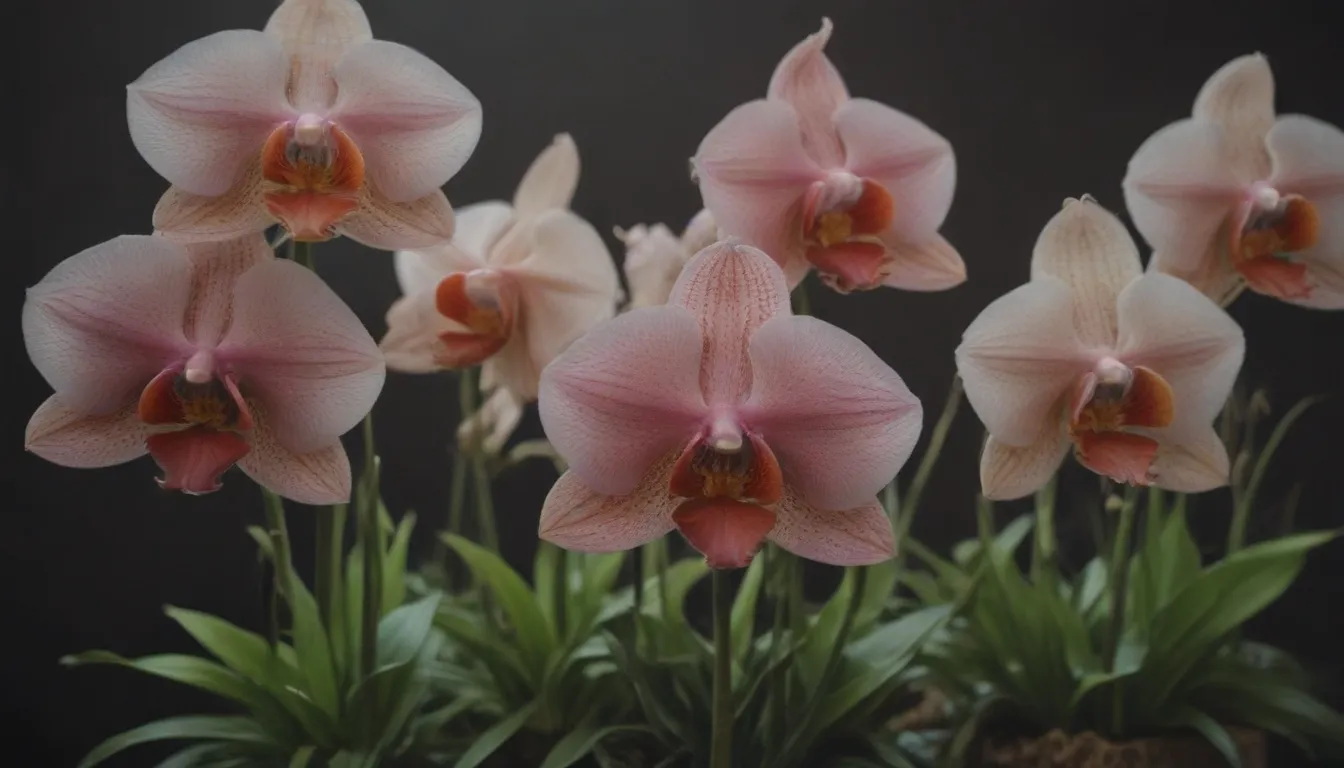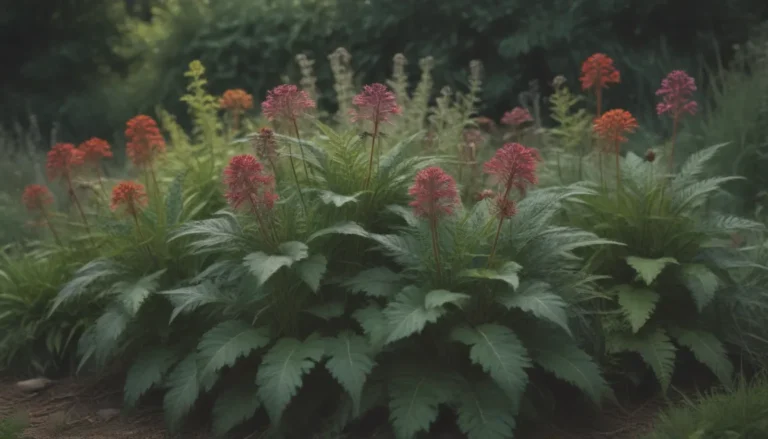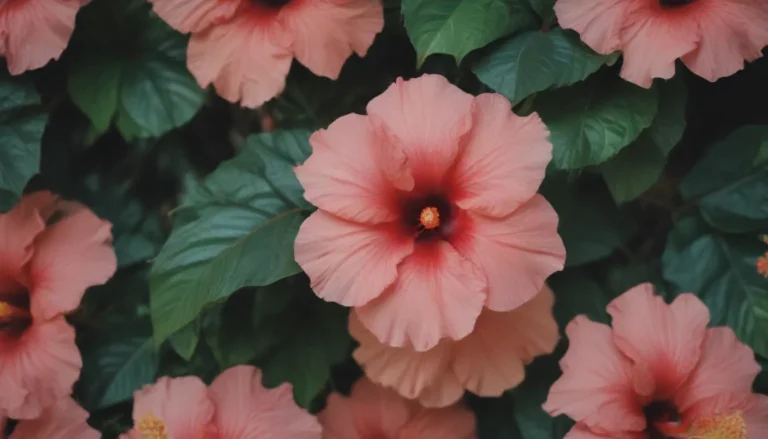The Complete Guide to Growing Paphiopedilum Orchids at Home

If you’re looking to add a touch of elegance to your indoor garden, look no further than the Paphiopedilum orchid, also known as the slipper orchid. These unique orchids are distinct for their pouch-shaped petals that resemble delicate slippers, making them a beautiful addition to any plant collection.
Paphiopedilum orchids belong to the sub-family Cypripedioideae, also known as the lady’s slipper family. Unlike epiphytic orchids that grow on trees, Paphiopedilums thrive on the floor of tropical forests in Southeast Asia. With the right care, these orchids can be relatively easy to grow indoors as houseplants. They thrive in high humidity, medium indirect light, and moist soil.
Paphiopedilum Orchid Care Tips
Light
Paphiopedilum orchids prefer less light compared to other orchid types due to their natural habitat along the shaded forest floor. Indirect light from an east-facing window is best, but they can also thrive near south-facing or west-facing windows if shaded by a sheer curtain. Watch for signs of too much or too little light, such as reddish leaves or lack of blooming.
Soil
For optimal growth, avoid using standard houseplant soil for Paphiopedilum orchids. Look for a well-drained mix designed specifically for these orchids, containing ingredients like orchid bark, perlite, charcoal, and coconut husk. Alternatively, lightly dampened sphagnum moss or Rockwool can also serve as suitable growing mediums.
Water
Paphiopedilum orchids have a lower water storage capacity, so they may need more frequent watering than other orchid types. Water them once or twice a week, ensuring the growing medium doesn’t dry out completely. Use rainwater, distilled water, or water from a dehumidifier to avoid damaging the roots with salts from softened water.
Temperature and Humidity
Maintain humidity levels between 40% to 70% for optimal growth. In drier climates, consider using a humidifier to increase moisture in the air. Paphiopedilums prefer temperatures between 60°F and 85°F but can tolerate slightly lower or higher temperatures.
Fertilizer
Feed your Paphiopedilum orchid with balanced orchid fertilizer diluted to one-quarter strength once a week, after watering. Monthly flushing of the growing medium will help wash away excess salts.
Different Types of Paphiopedilum Orchids
- ‘Maudiae’ hybrid paphiopedilums
- Insigne paphiopedilums
- Complex paphiopedilums
- Multifloral paphiopedilums
Pruning and Propagating Paphiopedilum Orchids
While regular pruning isn’t necessary, remove dead or damaged leaves as needed. Propagation can be done by dividing the plant, but be cautious as this process can damage the delicate root system. When repotting, ensure there are several mature growths in the pot before dividing.
Potting and Repotting
Repot Paphiopedilum orchids every two to three years, ideally after flowering and when new growth appears in spring.
Common Pests and Diseases
Watch out for common houseplant pests like mealybugs and scale, as well as root rot caused by overwatering.
How to Encourage Blooming in Paphiopedilum Orchids
- Bloom Months: Typically fall to late winter
- Bloom Duration: Lasting three to eight weeks annually
- Flower Characteristics: Colorful blooms with a slipper-shaped pouch, some varieties are fragrant
- Promoting Blooms: Ensure sufficient light and consider a few weeks of cooler temperatures
- Post-Bloom Care: Cut back flower stems to the base of the plant after flowering
Common Problems and Solutions
- Yellowing Leaves: Sign of overwatering or lack of fertilizer
- Browning Tips: Lack of water causing stress, water more frequently
- Flowers Falling Off: Lack of water or using cold water for watering, ensure frequent watering with tepid water
With these care tips and insights into the different aspects of growing Paphiopedilum orchids, you can enjoy the beauty of these unique plants in your indoor space. Remember to provide the right light, soil, water, temperature, and humidity conditions for your orchid to thrive and bloom successfully. Experiment with different types and varieties to discover the beauty and charm of Paphiopedilum orchids in your home garden.





